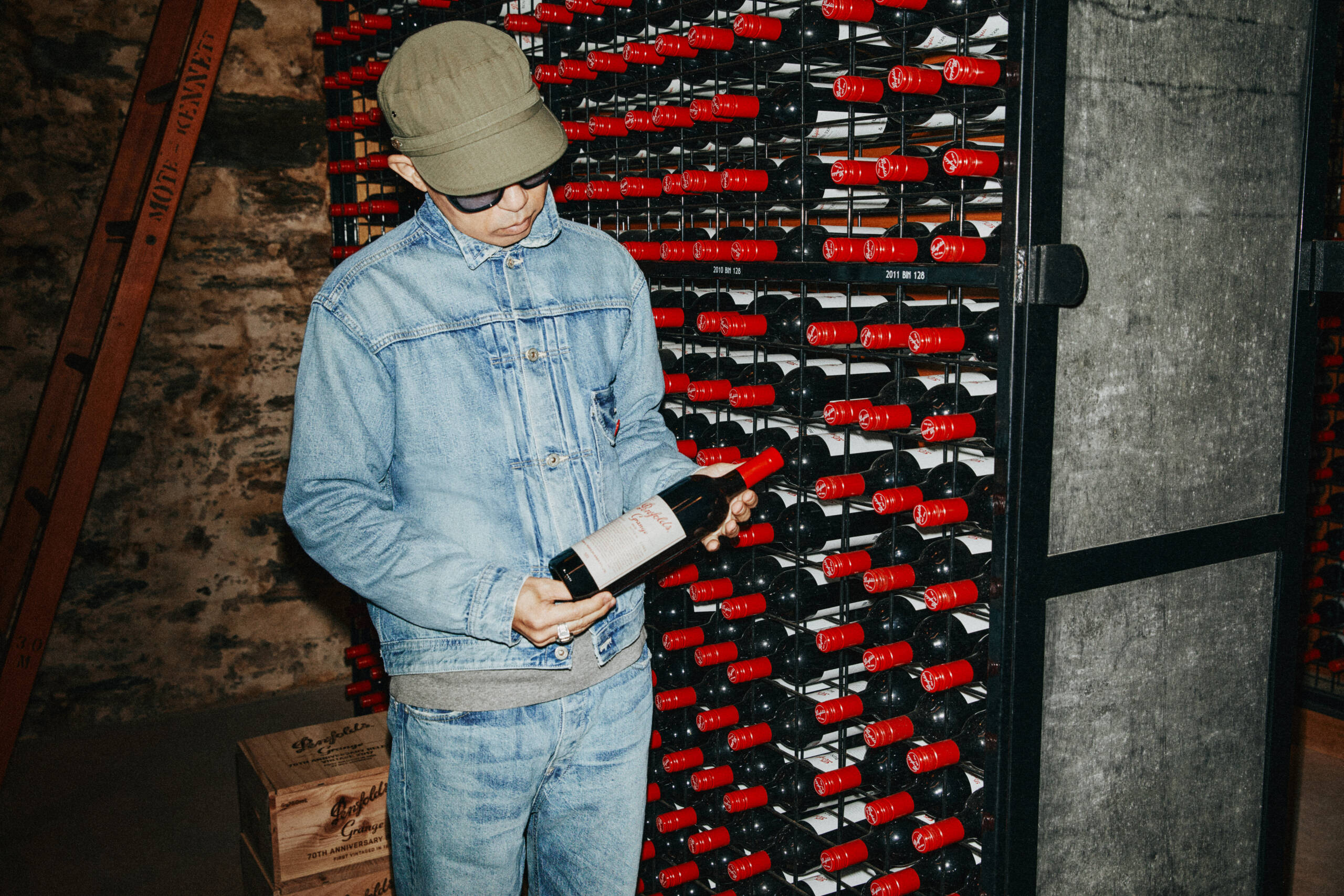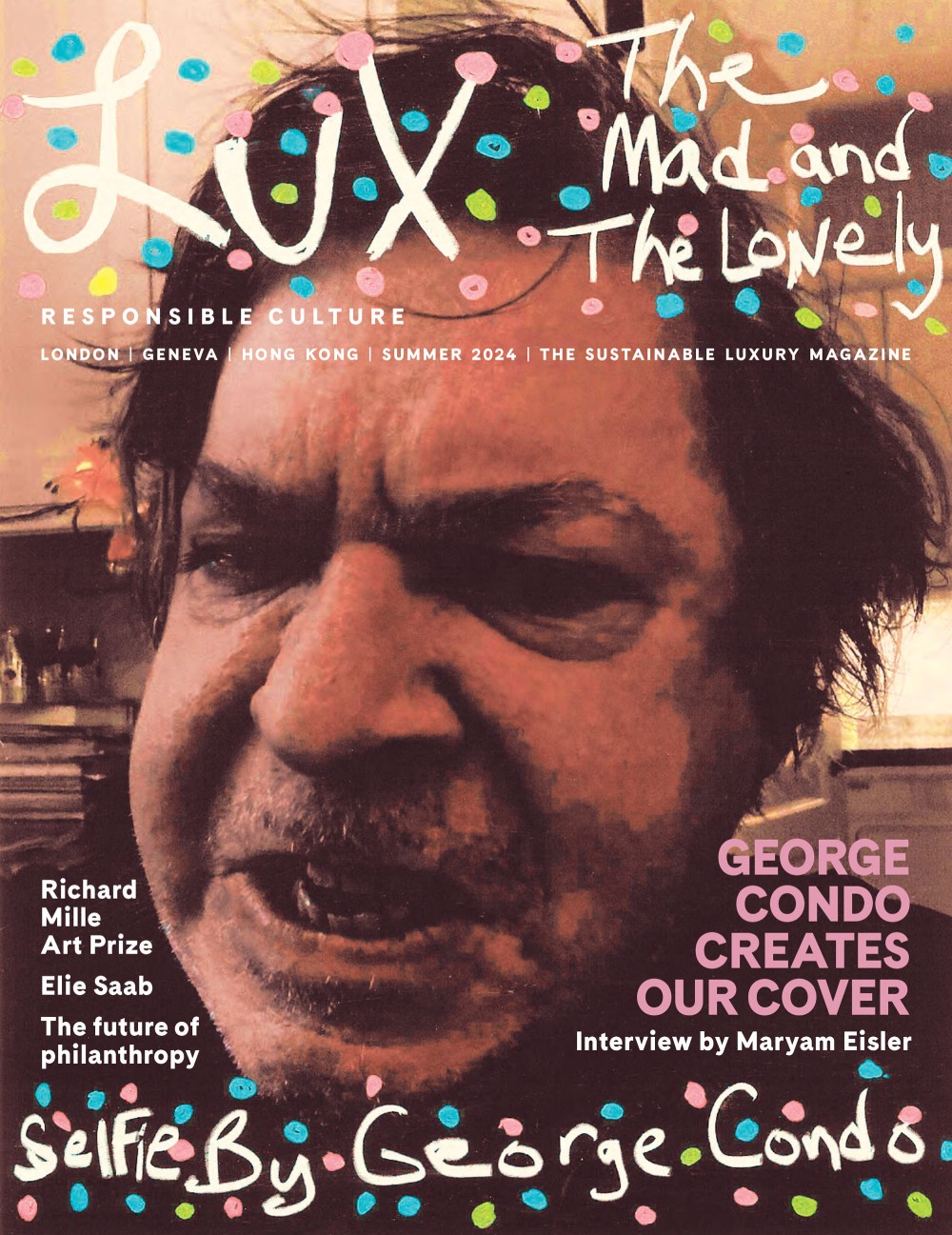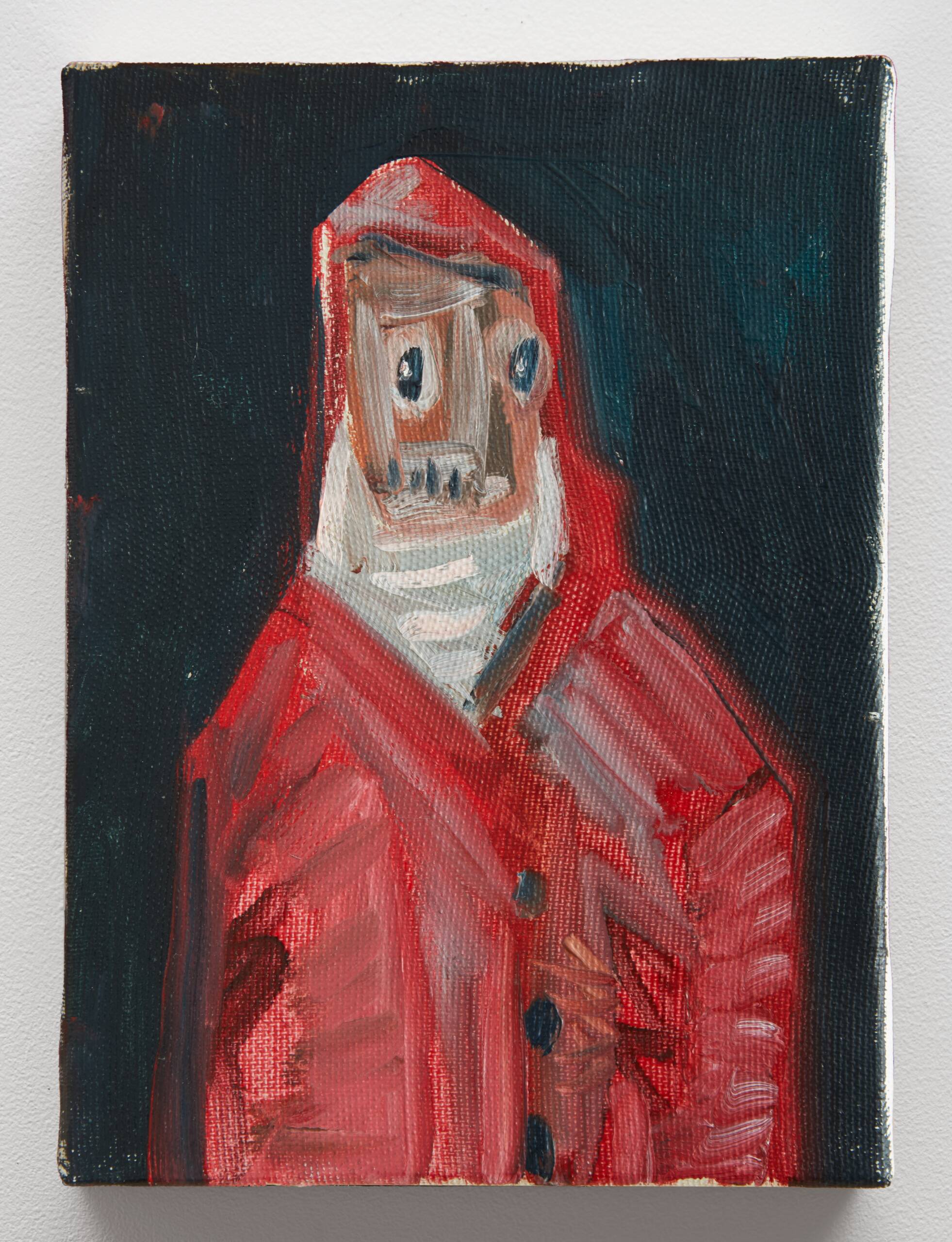
Mucciaccia Gallery is delighted to present the exhibition Tête-à-tête in its gallery in Rome, curated by Catherine Loewe
Tête-à-Tête is an exhibition that explores the private and creative lives of contemporary artist couples. Here LUX speaks to curator Catherine Loewe about the inspiration behind the show and the fascinating connections between the work of these modern-day duos.
The exhibition Tête-à-tête sizzles through the summer months in the heart of Rome at Mucciaccia Gallery, providing a rare glimpse into the world of creative couples where love, life and art collide. The show features eight acclaimed international contemporary couples whose multi-disciplinary work is placed in dialogue with each other.
The title from the French expression “head to head’ refers to the conversations and dynamic interplay that has such a significant impact on their practices, whether working individually or in collaboration. In an ever-evolving cultural landscape, this exhibition examines how artists navigate the complexities of relationships while pushing the boundaries of artistic expression in the 21st century.
Follow LUX on instagram @luxthemagazine
LUX: Where did the inspiration for the show come from?
Catherine Loewe: I’ve always been fascinated by the passionate stories of artist couples who played a key role in the development of avant-garde art. These revolutionary couples reflected the shifting structure of both art and society, like Camille Claudel and Auguste Rodin, Josef and Anni Albers, Max Ernst and Dorothea Tanning, who rode the wave of radical thinking in the wake of Cubism, Bauhaus and Surrealism.
There was a fantastic exhibition at the Barbican that covered this topic and I wanted to bring the narrative up to date with contemporary artists. I was also inspired by Vasari’s incredible work the Lives of the Artists which so memorably set forth the connections between artists lives and their works, in many ways providing a template for art historical documentation right up to the present day.

The exhibition brings together eight internationally acclaimed contemporary artist couples, featuring multi- disciplinary work, including photography, textiles, sculpture, painting and digital art.
LUX: How did you select the artist couples?
CL: I was looking to include artists working across variety of disciplines from painting, sculpture, textiles and photography to convey an overview of artistic practices today. I was greatly supported by Maryam Eisler, whose incredible photographic portraits feature as part of the show and the accompanying catalogue.
Thanks to Maryam we included pioneering artists who have witnessed seismic social, political and cultural changes like Emilia and Ilya Kabakov, the hugely influential conceptual artists whose story began in Soviet era Russia. Also, Iranian couple Shirin Neshat and Shoja Anzari, whose powerful and poetic film and photographic work centres around issues of exile, oppression and resilience.
These artists couples have truly created a lasting legacy for future generations. British artist Rob and Nick Carter have worked in collaboration for over 25 years, pioneering cutting-edge digital techniques and more recently exploring notions of authorship through the use of robots.
The paintings in the show based on Venus, Botticelli’s rendition reprised by Andy Warhol were executed by a six-axis robot called Heidi, switching brushes and colours using hundreds of thousands of lines of bespoke software code – something I think would have amazed both Botticelli and Warhol.

As the title which refers to the French expression “head to head’ suggests, the exhibition offers a rare glimpse into the dynamics behind artist relationships, revealed through intimate conversations with them.
Read more: Dakis Joannou interview in Hydra
LUX: Were there other artists you would have liked to include?
CL: It is a big theme and there are many artists we could have shown like Bharti Kher and Subodh Gupta, Elmgreen and Dragset, John Currin and Rachel Feinstein, Rashid Johnson and Sheri Hovsepian to name but a few – perhaps for an enlarged version of the show.
LUX: Had all the artists shown together before?
CL: Charlotte and Philip Colbert had never shown together, although both fascinatingly share a subversive and surreal outlook, curiously mirroring each other with their chosen symbols, in Charlotte’s case the all-seeing eye, uterus, and breast and Philip’s the lobster, cactus and shark.
These motifs are seamlessly fused in their house which is a work of art in itself filled to the rafters with their art and designs – my favourite being a bathtub called Mother’s Milk made up of over a hundred silicone breasts.
LUX: How has being together influenced the work of the artists?
CL: Creatively, these partnerships clearly act as a catalyst for artistic growth and exploration, the constant exchange of ideas is something one cannot achieve alone. Whilst some couples maintain separate practices and others collaborate, the way they bounce ideas of each other creates this dynamic flow which translated into their work often produces major breakthroughs.
Of course, there are also rivalries, and I love the stormy life of Italian painters Pizzi Cannella and Rosella Fumasoni who so evocatively sums it up saying, “Talent always needs company. The beauty of having an artist close to you is the mindless mutual trust in the invisible.”

With works displayed in dialogue with each other, the exhibition explores how the creative interplay between these couples has impacted their practices
LUX: How did you tackle the issues of gender inequality?
CL: For centuries the prevailing concept of the male genius meant that women’s careers were eclipsed by their ‘famous’ partners, whilst they were locked in the roles of mistress, muse or mother. Such was the case with Jackson Pollock and Lee Krasner or the often toxic relationship between Pablo Picasso and Francoise Gilot – both women are only now receiving long overdue recognition.
Today these issues are certainly being vigorously addressed but still not fully resolved, for instance Sue Arrowsmith struggled to gain exposure in contrast to the meteoric career of Ian Davenport, who was one of the YBA’s in Damien Hirst’s circle.
What did however become apparent whilst doing this show is the huge amount of love, support and resilience these couples have in the face of many challenges both creative and personal.
The interviews reveal how much of a juggling act being an artist couple can be, particularly with the demands of a hectic international exhibition schedule and a young family – more like the collision of love, art and life!

The exhibition in Rom opens its doors from the 10th May until the 2nd August 2024
LUX: What did you most enjoy about this show?
CL: It is beautiful to see the synergies between the works of these artists – like the striking geometric sculptures of Conrad Shawcross juxtaposed with the tactile, abstract hand stitched pieces by Carolina Mazzolari – a visual yin and yang both in their respective ways profoundly philosophical.

The guest enjoyed the Tête-à-tête exhibition at the Mucciaccia Gallery
Or the singing colours of Annie Morris stacked spheres in conversation with the hovering hues of Idris Khan which are so full of emotional and spiritual yearning, charting their experiences of love, loss, and catharsis. Sue Arrowsmith and Ian Davenport have created paintings especially for the show that explore the interplay of colour, form and space take inspiration from the work of Fra Angelico fusing Sue’s use of shimmering gold leaf and Ian’s interest in the palette of Old Masters.
I also really enjoyed spending time with the artists in their homes and studios, doing photo-shoots and interviews, which I tried to keep quite light-hearted, but which turned out to be surprisingly revealing.
Tête-à-tête runs until 2 August 2024, at the Mucciaccia Gallery, Rome






















Recent Comments